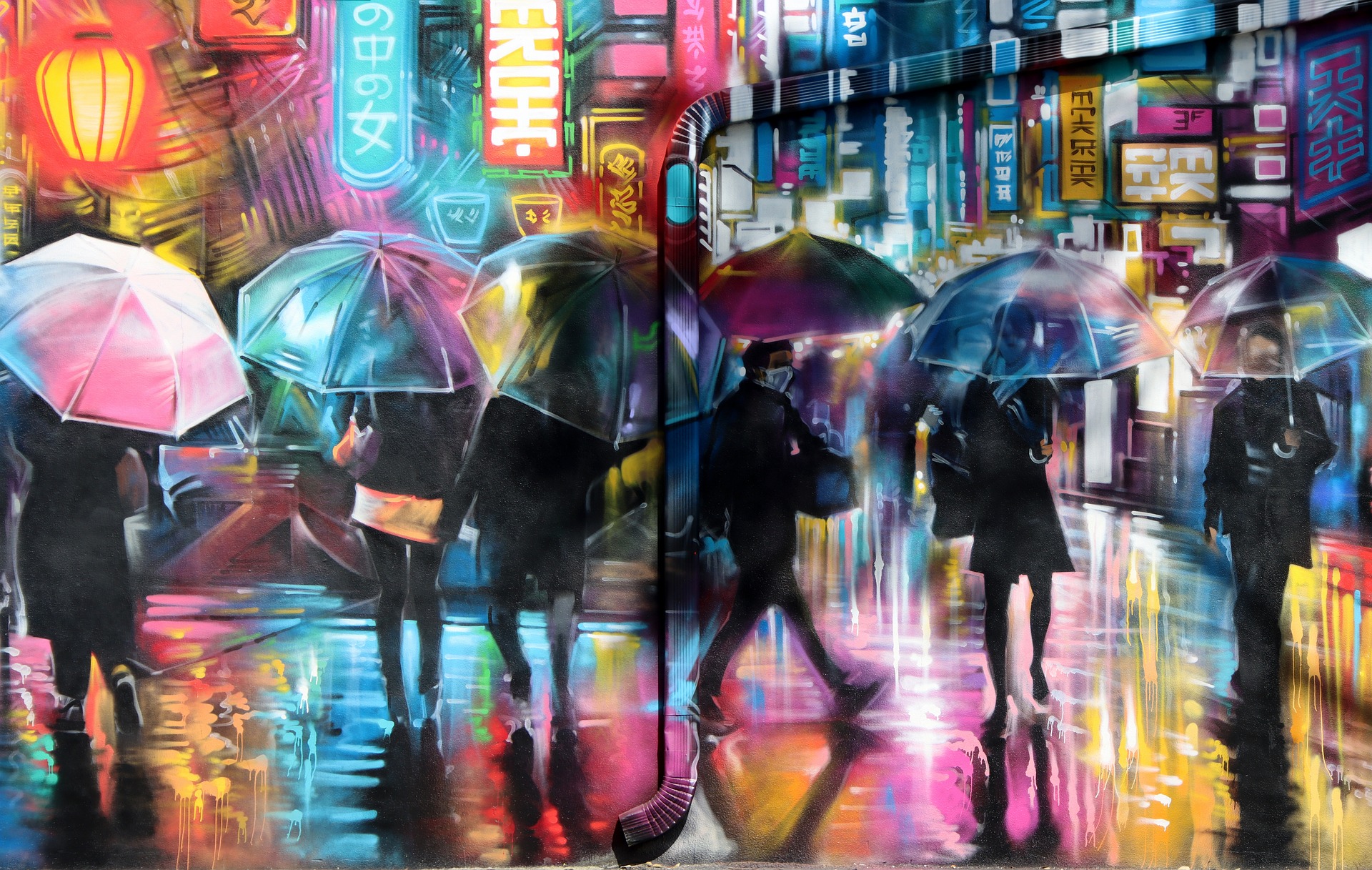21st Century Renaissance: The Ascendancy of Digital Art
Introduction: In the dynamic landscape of the 21st century, a new artistic movement is taking center stage: digital art. This article takes a deep dive into the rise of this revolutionary genre, exploring its roots, its current state, and its profound impact on the arts and entertainment industry.

The Dawn of Digital Art: A Historical Overview
The advent of digital art can be traced back to the 1960s and 70s, when artists began experimenting with early computers. These trailblazers were captivated by the potential of technology as a medium for creative expression. However, it was not until the rise of the Internet and the proliferation of personal computers in the 1990s that digital art truly began to bloom. The accessibility and versatility of digital tools opened up new avenues for artistic expression, leading to a boom in digital art in the early 2000s.
The Here and Now: Digital Art in the 21st Century
Today, digital art has not only established itself as a legitimate artistic genre, but it’s also shaping the future of the arts and entertainment industry. With the rise of social media platforms and digital galleries, artists now have unprecedented opportunities to showcase their work to a global audience. The recent sale of a digital artwork as a Non-Fungible Token (NFT) for a staggering $69 million underscores the growing recognition and valuation of digital art.
Unleashing Creativity: The Impact and Significance of Digital Art
Digital art has democratized the world of fine arts. By lowering the barriers to entry, it has empowered a new generation of artists who might not have had access to traditional art resources. Furthermore, the versatility of digital tools has given artists the freedom to push the boundaries of creativity, resulting in a rich diversity of styles and themes. From surreal landscapes to striking social commentaries, digital art has proven itself to be a vibrant and vital facet of contemporary culture.
The Reception of Digital Art: A Mixed Bag
While digital art is celebrated for its innovation and accessibility, it has also faced criticism and skepticism. Some traditionalists question its artistic validity, arguing that it lacks the tactile quality and craftsmanship of physical art. However, the soaring popularity and market value of digital art suggest that it is not only here to stay but is also reshaping our understanding of what art can be.
The Future is Digital: Looking Ahead
As we move further into the digital age, the role and relevance of digital art are set to grow. With emerging technologies like virtual reality and artificial intelligence, the possibilities for digital art are expanding at an exhilarating pace. As such, digital art stands at the forefront of the arts and entertainment industry, leading the way towards a future where technology and creativity are inextricably intertwined.
In conclusion, the rise of digital art marks a significant shift in the art world, challenging traditional notions of artistic expression and proving that art and technology can coexist harmoniously. As this trend continues to evolve, it promises an exciting future for the arts and entertainment industry.




